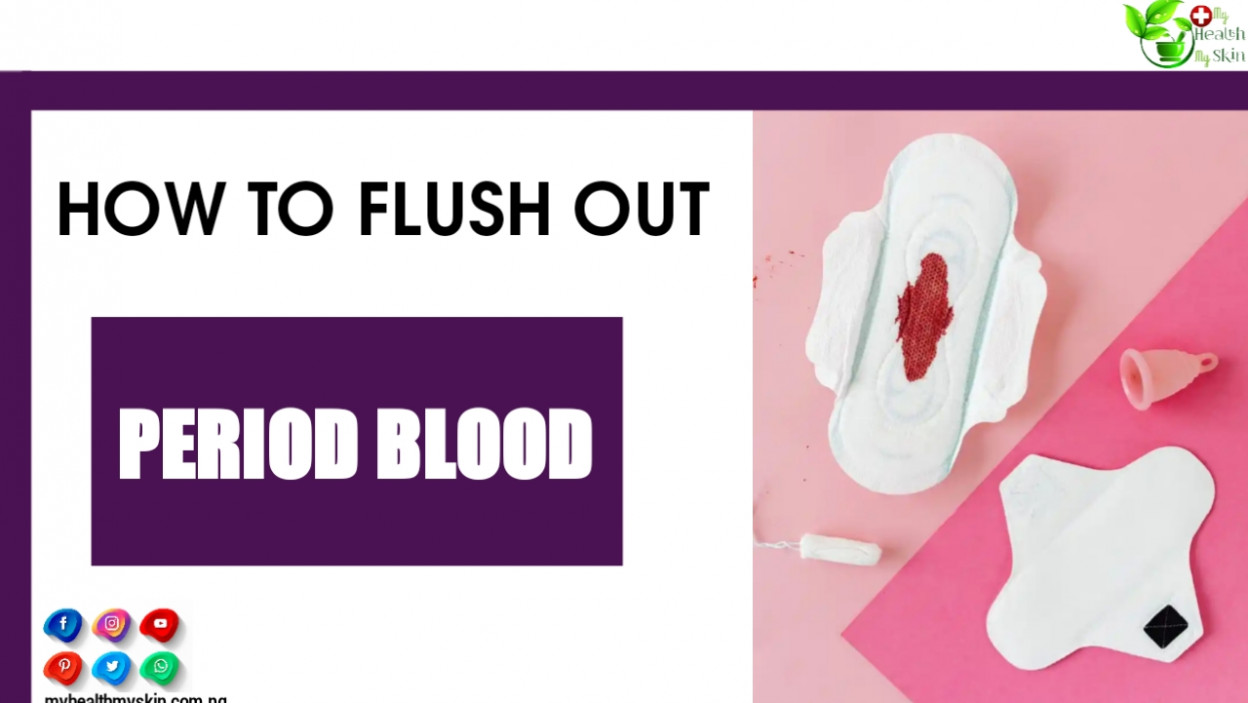Menstruation or Period Blood, is the shedding of the inner walls of the uterus when there is no fertilization. This peeling is part of a woman’s reproductive cycle and happens every month.
The female body prepares for pregnancy, and when pregnancy does not occur, the endometrium (inner membrane of the uterus) sheds its lining.
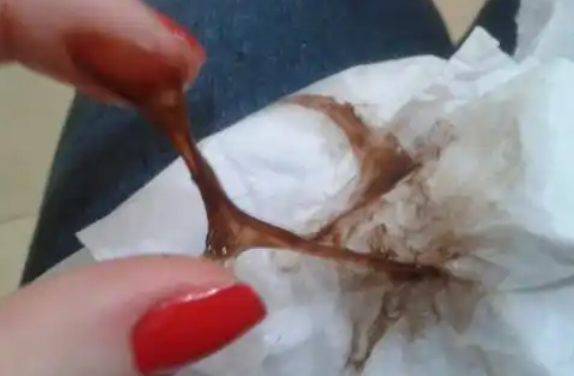
Menstrual flow is thus composed of blood and uterine tissue.
The menstrual period is part of a woman’s reproductive cycle, which takes place in four phases:
- Menstruation – Blood loss that occurs periodically. Due to hormonal stimuli, the surface of the endometrium breaks down and is excreted through the vagina, under the appearance of a bloody fluid. In general, the first period (menarche) occurs at the age of twelve;
- Pre-ovulatory Phase – Period in which the egg develops to leave the ovary and the uterus prepares to receive a fertilized egg;
- Ovulation – Process that occurs between the 13th and 15th day before the next period. At this stage, the woman is fertile and has a greater chance of becoming pregnant;
- Post-ovulatory Phase – When the egg is not fertilized, it dies after 12 or 24 hours. After this death, there is the beginning of a new menstruation.
Blood that takes longer to exit your body becomes darker, often brown. It may also appear thicker, drier, and clumpier than regular blood. The brown color is the result of oxidation, which is a normal process. It happens when your blood comes into contact with air.
You may notice your period blood becomes darker or brown near the end of your period. Some women experience brown discharge for a day or two after their period ends. Others have brown discharge that comes and goes for a week or two.
It really just depends on how well your uterus sheds its lining and the speed at which it exits your body. Everyone is different.
[lwptoc]
What Does The Color Of Period Blood Mean?
You may have already noticed that the color of the menstrual blood varies from period to period or during the days of the same menstrual cycle. You may also have noticed that, depending on the absorbent you are using, this color is different.
Know that hormonal changes, health conditions and even the time this blood remained in the uterus before being released, influences the appearance of menstruation.
Keep on Reading, you’ll find out what each menstruation shade has to say. Follow up!
(Almost) Black
Generally, when the color of period blood is very dark, it indicates that the person is at the beginning or end of the cycle. The black color is a typical sign that blood has taken longer to leave the uterus and has had time to oxidize.
Very dark period blood should only be examined if it is accompanied by the following symptoms:
- Itching or swelling in or around the vagina;
- Smelly discharge;
- Difficulty urinating;
- Fever.
Dark Red And Brown
Like black blood, brown or dark red is a sign of old blood and it’s just not black because it hasn’t had time to oxidize.
Dark red or brown blood also often appears during a person’s first period, called menarche.
People who have had risky sexual intercourse about 7 days later notice some spots of brown blood that remain for a few days should be aware, as it is a sign of nidation — the process of implantation of the fertilized egg in the uterus.
Bright Red
When the color of period blood is a bright, bright red, it means that the discharge is fresh and has not been stuck in the uterus.
It is common for some people to experience black or dark red blood as soon as their period starts and for it to lighten as the days go by, until it gets dark again and ends the menstrual visit for the month.
Bright red bleeding should be seen as a problem when it happens randomly outside of your period.
Did you know that with the menstrual collector it is also possible to better track your menstrual flow?
Pink
Pink blood is a mixture of period blood with mucus, fluids and vaginal secretions. It can happen more often in people who are on birth control, as hormones can reduce estrogen levels in the body, leading to a lighter, pinker flow.
Those who have sex when they are menstruating may also notice pink blood, if the intensity of the movements has caused an internal injury.
The person should turn on the warning sign when pink blood includes:
- Unhealthy diet;
- Significant weight loss;
- Possible anemia to be investigated.
Orange
Orange blood is a great indication that the person has an infection in the vagina, such as bacterial vaginosis. In almost 100% of cases, it is accompanied by itching, discomfort and a foul-smelling secretion.
Incidentally, itching and foul odor is always a warning sign. Even if the blood looks healthy, if you experience any of these symptoms, see your doctor .
Blood With Clots
Regardless of the color of your period, you may notice some clots, which are nothing more than visible pieces of the uterine lining. In most cases, they should not cause concern.
As you can see, the color of period blood can reveal important intimate health issues. So, keep an eye on the pad or collector used, check the toilet paper after peeing and the appearance of clots in the toilet.
It is worth remembering that, when replacing the disposable pad with the reusable one, menstrual cup or menstrual disc l, you will notice significant changes in the color and smell of the blood. Do the test!
Why is Period blood Brown?
It’s normal for women to sometimes experience brown discharge before, during, or after menstruating. It may appear as spotting, which is the presence of blood during the wrong stages of your cycle.
This darker discharge is usually a thicker consistency and slower flow than typical menstruation, and is usually caused by old blood coming from your uterus.
In some cases, brown discharge before your period may be a cause for concern. If you’re experiencing abnormal vaginal bleeding of any kind, it’s best to reach out to your doctor so they can rule out any underlying conditions.
How To Flush Out Period Blood
Most women feel that they need to clean out the menstrual blood from their vaginas. They do this by using a douche. This is where the concept of feeling “dirty” can actually hurt you.
Douching comes from the French word meaning “to wash” or to “shower.” When you douche you are spraying water or another solution into your vagina to rinse it out and make it “clean.” The problem is, your vagina is not dirty. Douching can also increase your risk of more serious infections like a pelvic inflammatory disease which can affect your fertility.
The best way to self flush your period blood or left over blood from your periods is plain old water. If you really feel like you need to add something to the water try a very gentle unscented soap.
To remove menstrual blood stains, you can also follow the same advice for removing regular bloodstains from your clothing. Rinse the items under cold running water to remove most of the stain. Then treat with a little soap.
Can You Flush Out Old Period Blood Faster?
The brown discharge before your upcoming period may just be blood leftover from your last period. Blood that’s stayed in your uterus for a while turns a brownish color. It’s common for it to come out at the very end of your period.
However, it may not show up until before your next period. Brown blood is more common with lighter flows, as it takes longer to leave your body.
According to Laurie Thomas MD, to get period or old blood out faster you can adopt this routine; In the shower, take your wet finger, (no soap), gently see if you are comfortable inserting it into your vagina. Slowly and gently swirl it around, sweeping the blood out.
It’s not necessary to get it all out. But you may get a lot out, and save money on pads and tampons, because you won’t be using as many When it comes to normalizing blood flow and menstrual symptoms Vitamin B6 is one of the nutrients you can use. It’s found naturally in foods such as eggs, fish, and poultry. Vitamin B6 has been found to increase progesterone while decreasing estrogen in the body. This can help improve pituitary gland function to normalize menstrual hormones.
How to remove menstrual blood stain: 5 simple and effective tips
Regardless of the type of absorbent chosen during the menstrual period, it is not always possible to avoid the dreaded leakage.
A simple way to avoid this type of discomfort is to use an absorbent suitable for the type of flow and change the accessory, at most, every four hours.
However, after the leak takes you by surprise, it is necessary, in addition to changing clothes, to ensure that the pieces do not get stained.
How To Clean Blood Stain
See in the photo gallery five simple tips on how to remove blood stains from fabrics.

Recent stainIn an interview with the American publication “Womens Health”, cleaning specialist Jolie Kerr teaches that when the blood is still “fresh”, simply place the fabric under cold or warm running water for the force of the water to dissolve. Using a little soap and your fingers to rub off what’s left of the stain will solve the problem.

Hydrogen Peroxide Another option if the stain is still damp is to put a little hydrogen peroxide directly on the dirt, wait for it to bubble and remove the product with water or with a dry cloth if the idea is not to wet the entire piece.

Dried Blood stain difficult to clean, dried blood can be removed with the help of cold water and a liquid stain remover. If the garment is not wool or silk, it is also worth using a few drops of ammonia on the stain. Rub with a cloth to remove excess products, then rinse well.
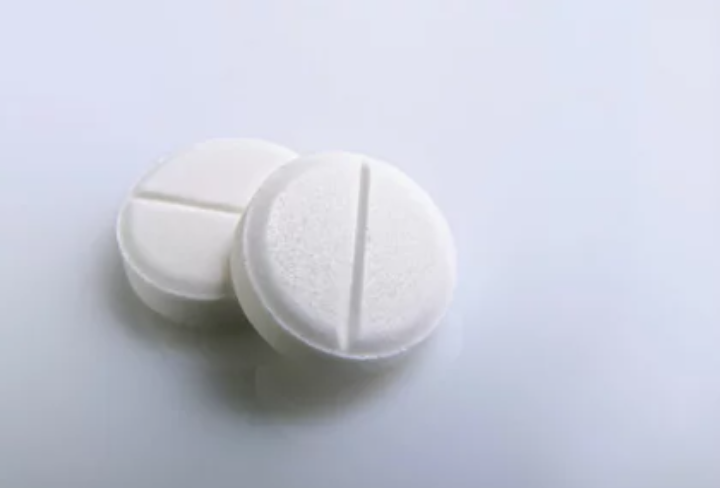
AspirinIf the situation is so urgent that it is not possible to use any of these products, the expert’s tip is to crush some aspirin tablets and add a little water to obtain a paste. “Placing this mixture on top of the stain will ensure removal,” she explains.
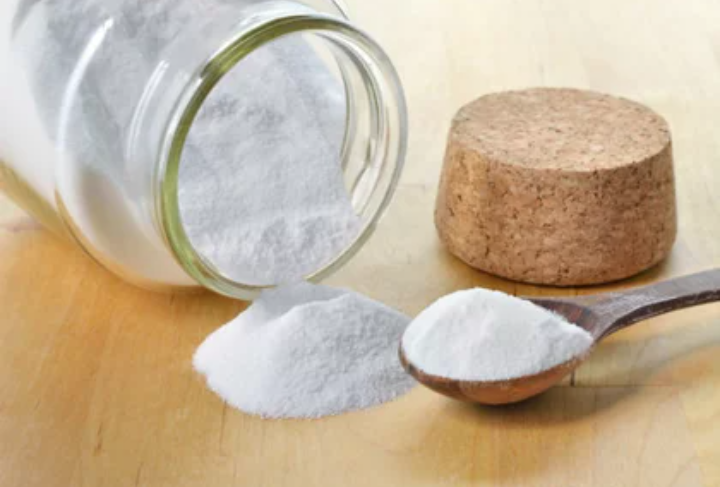
Alternatives Also according to Jolie, mixing a few tablespoons of baking soda with water is also effective in helping to remove menstrual blood stains.
Even Easier Tip
After washing in running water, dissolve ¼ of Vanish Oxi Action with water (50°C) until it forms a paste and apply to the stain. Use the Vanish measuring cup to spread the product. Rinse or continue with washing as normal.
If the stain is stronger, dissolve 1 scoop of Vanish Oxi Action in 4 L of warm (40°C) water. For colored clothes, allow 1 hour to soak. The white ones can remain soaking for up to 6 hours.
Removing bloodstains seems difficult, but it can become a simple task if you put some techniques into practice.
If you want to read more articles similar to How To Flush Out Period Blood, we recommend you visit our Women’s Health category.
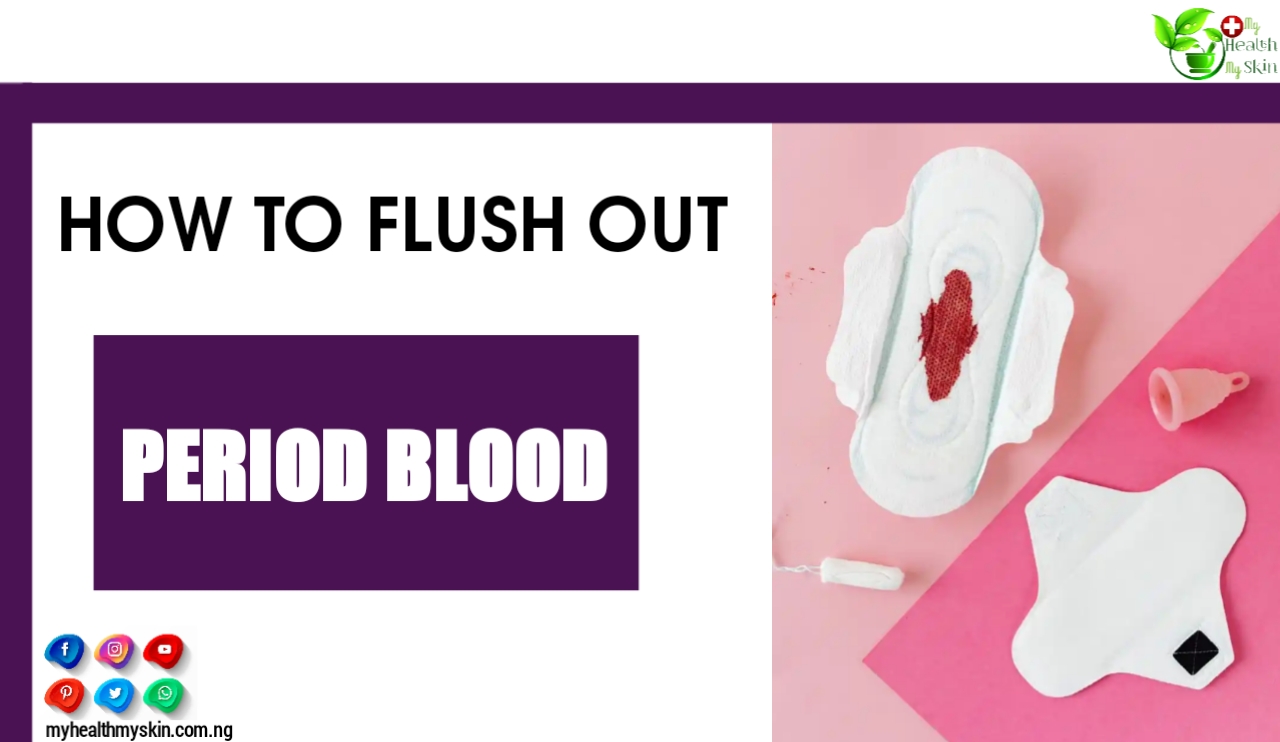
Did You Already Know How To Flush Out Period Blood? And 5 Simple Tips To Remove Menstrual Blood Stain? Have You Tried Any? Comment Below!

